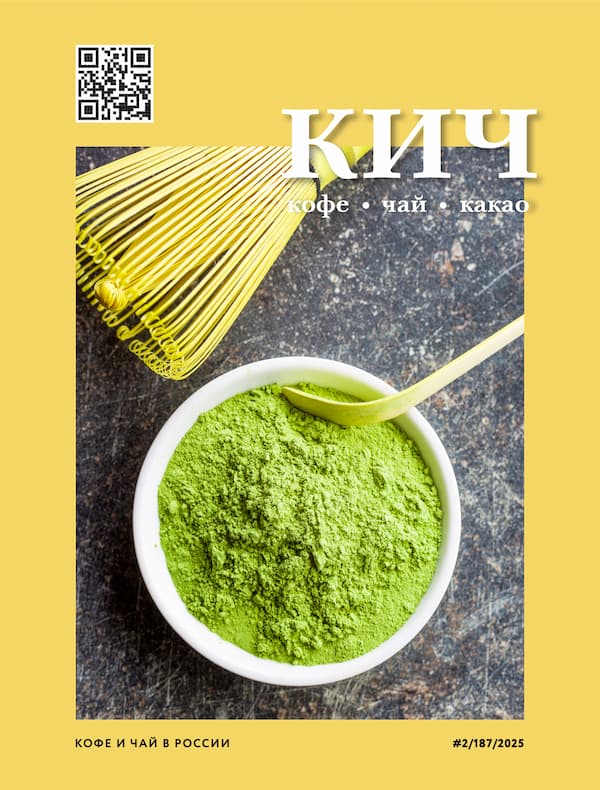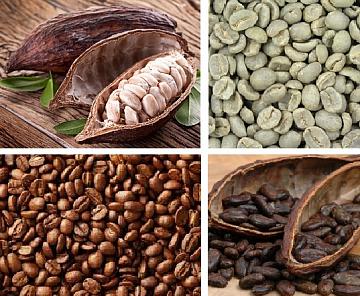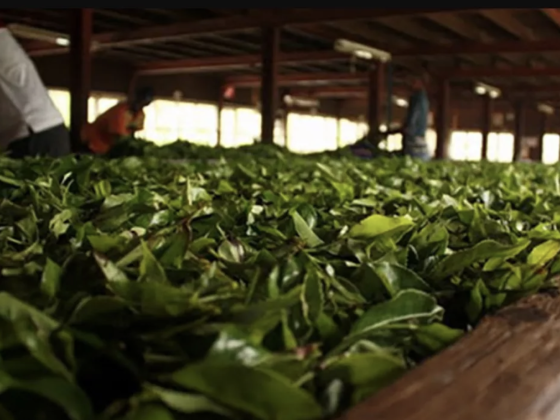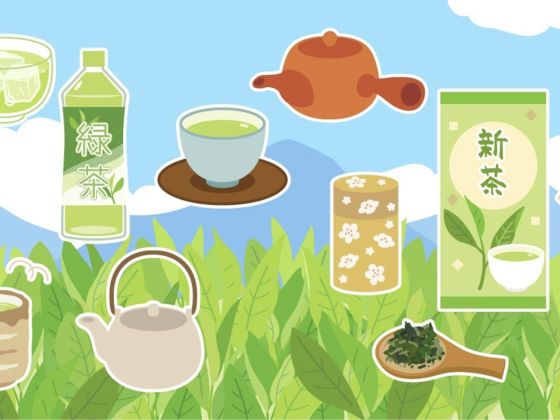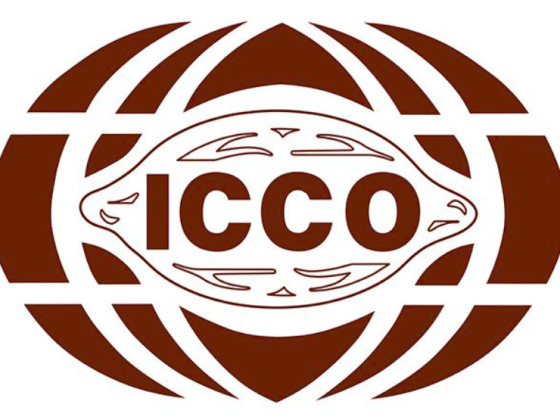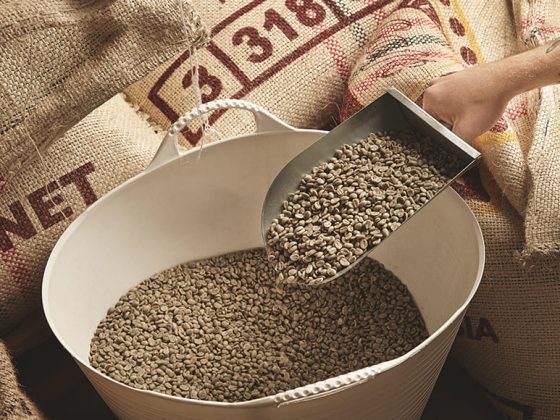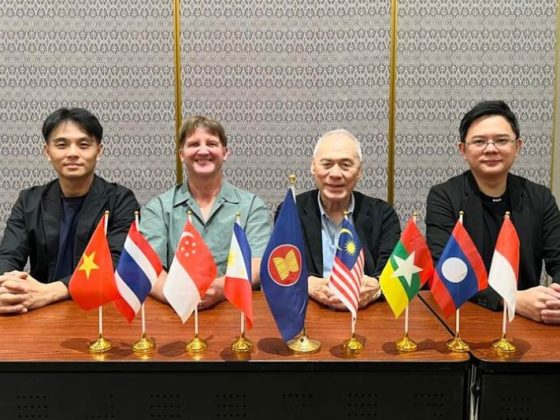When people think of tea, they do not think of Russia, but of England. And it surprises them to learn that the tea tradition is every bit as strong in the land of vodka, maybe even stronger, than it is in the land of crumpets. And while Americans drink coffee every day, the Russians drink tea, strong and plenty of it. One local institution is making this tradition a familiar one to locals.
The Museum of Russian Icons in Clinton is a dedicated representative of Russian culture and has been holding traditional Russian teas for a year now. Deputy director Tara Young says that the quarterly teas have been selling out, even generating waiting lists, so the museum has moved the events from their Russian Tea Room to their more spacious auditorium. Longtime museum associate Larissa Dyan, a native of St. Petersburg, Russia, leads the teas.
At a recent tea held at the museum, the 25 or so guests milled about excitedly outside the auditorium. Dee Fratcheric and daughter Katie from Princeton decided to attend the tea to get in touch with Katie’s Russian ancestry. Cheryl White of Clinton came with her friend, Ann, for a different reason: She is a member of the Tea Ladies, a group that loves to go to teas.
Priscilla Connors and Sue Vanasse traveled all the way from Weymouth. They attended as a tribute to a friend with Russian ancestry who is having surgery that day. Local visitors Diane Ashjian and Zora Fitch of Clinton signed up simply because they thought it would be fun. According to Young, this cross-section is typical of the guests who attend the teas.
The doors opened to tables with an assortment of yet-to-be-named desserts nestled in red, black and gold bowls. These bowls are decorated with the traditional pattern called khokhloma, named after the village that created it. The tables are set with eye-catching red tablecloths and napkins and dotted with white teacups and saucers. The tea invitation encouraged guests to bring their own fancy teacups. Some guests have done that. An apron is draped over one chair at each table. The lucky guest who sits there becomes the table’s hostess and will serve the afternoon’s treats and teas.
All about the room stand samovars, containers that hold steaming hot water. Bundles of strung confections, like thin mini-bagels, hang from their handles. At the front of the small auditorium is a table covered in bright tablecloths in the Khokhloma style. On it sit classic blue and white Russian teapots.
Dyan starts by pointing out that, contrary to popular belief, not all Russians drink vodka, but all Russians do drink tea. In her slideshow, she describes how Russians began drinking tea in 1638, some 22 years before the beverage’s introduction to England.
Gathering family and friends to drink tea became such a beloved tradition that it was frequently depicted in Russian literature and art by such notables as poet Alexander Pushkin and artist Boris Kustodiev.
Russians get together for tea at any and every time of day, in hot weather and cold, explains Larissa. And, she says, Russian teas can last for hours, allowing family and guests to socialize to their hearts’ content.
To make a Russian cup of tea, one pours zavarka, strongly brewed leaf tea, into a teacup and adds boiling water to taste from a samovar. The museum offers three wonderfully complex and different teas to sample: an Indian teabag blend, zavarka made from tea grown in the Republic of Georgia, and herbal tea.
Dyan says that Russians do not use milk in tea. Instead, they may add a spoonful of jam, a cube of sugar, or some very dark, very flavorful buckwheat honey. And Russians so commonly and uniquely used lemon to flavor their tea that this style of serving it became known as «Russian tea.»
Dyan encourages all to break apart the mildly sweet bread rings of strung sushki and dunk them into the tea. She cuts and distributes pieces of pryanik, a distant cousin of gingerbread, that she has molded and baked herself from a secret family recipe. The pryanik tastes of citrus and its seven secret spices. She stresses that the tea, buckwheat honey and the pryanik have wonderful health benefits.
The tea ends with a short quiz on Russian vocabulary and culture. The guests chat amiably, savoring their last sips of tea and tasting their colorfully wrapped morsels of Russian chocolate. As the afternoon winds down, the spirit and sociability of a true Russian tea prevails.
Source: telegram.com/article/20131020/NEWS/310209951/1312
